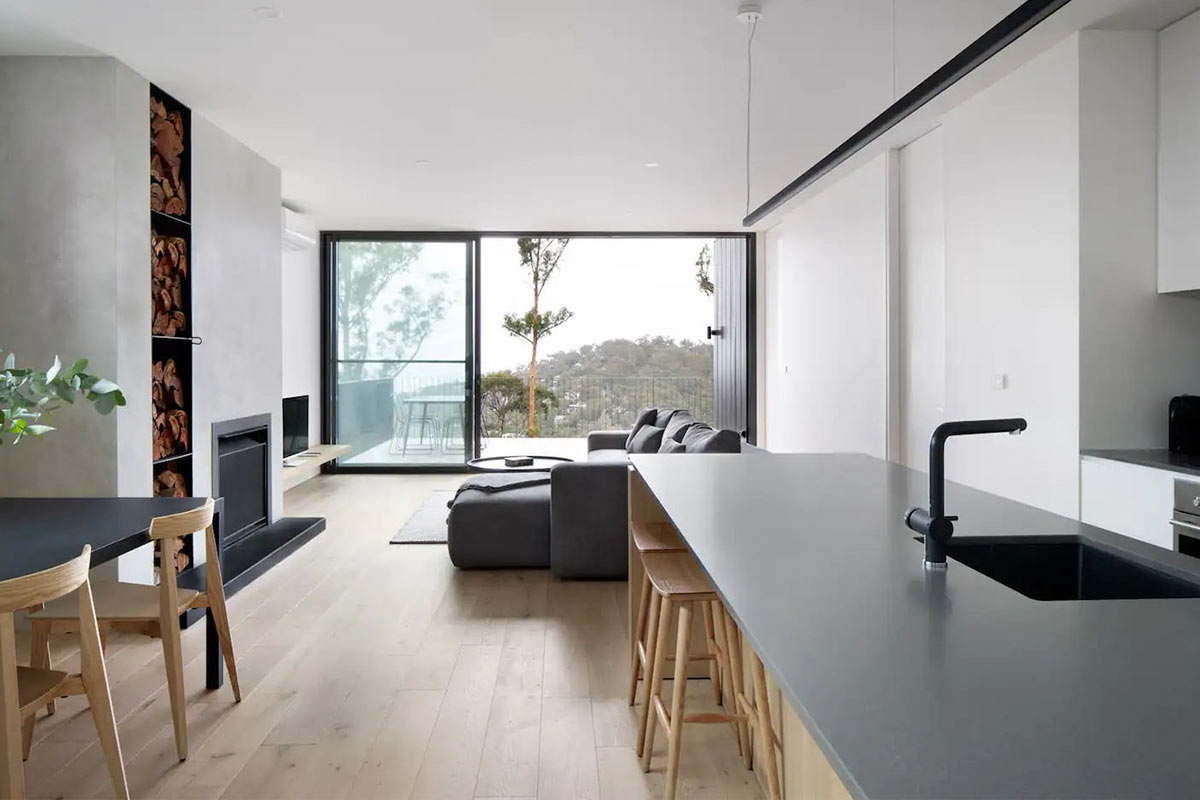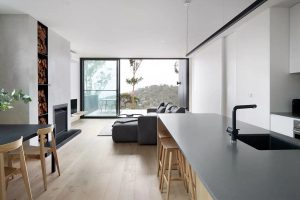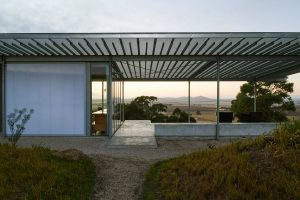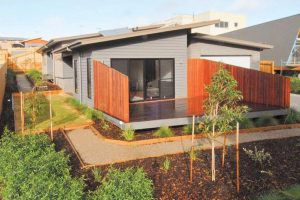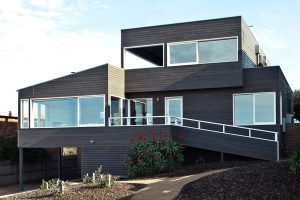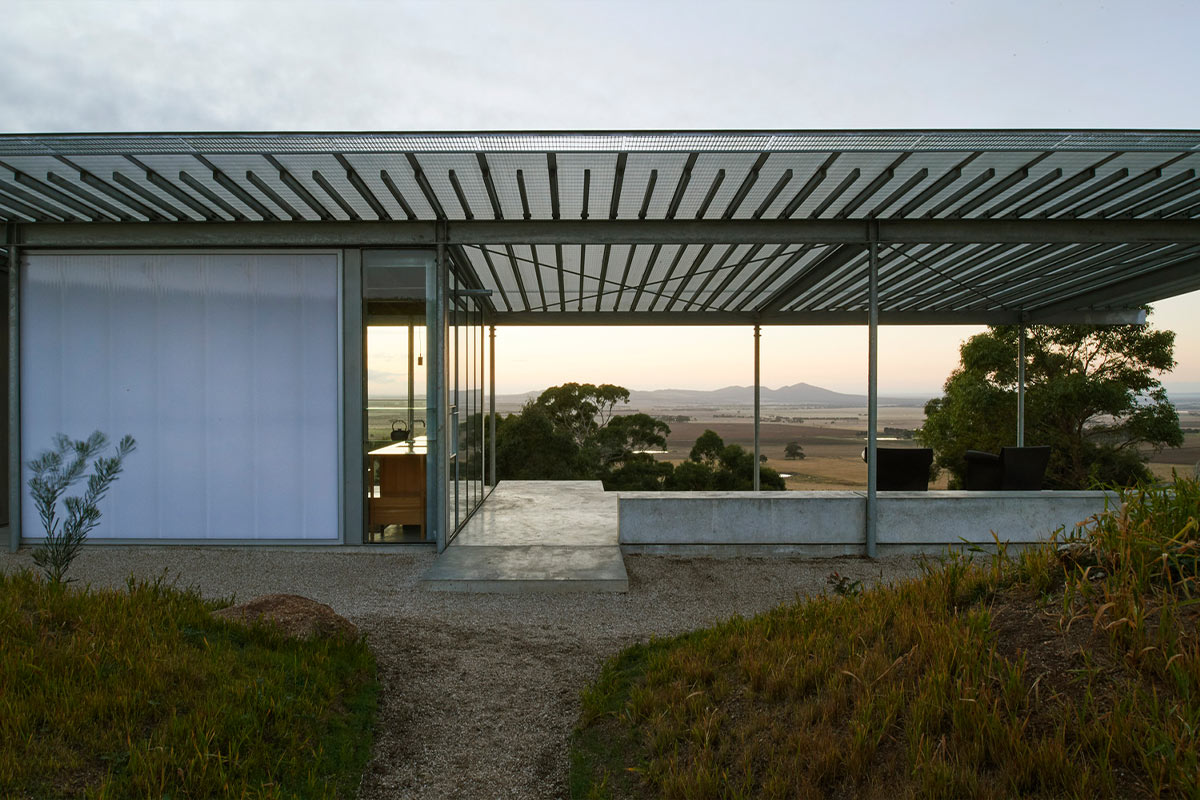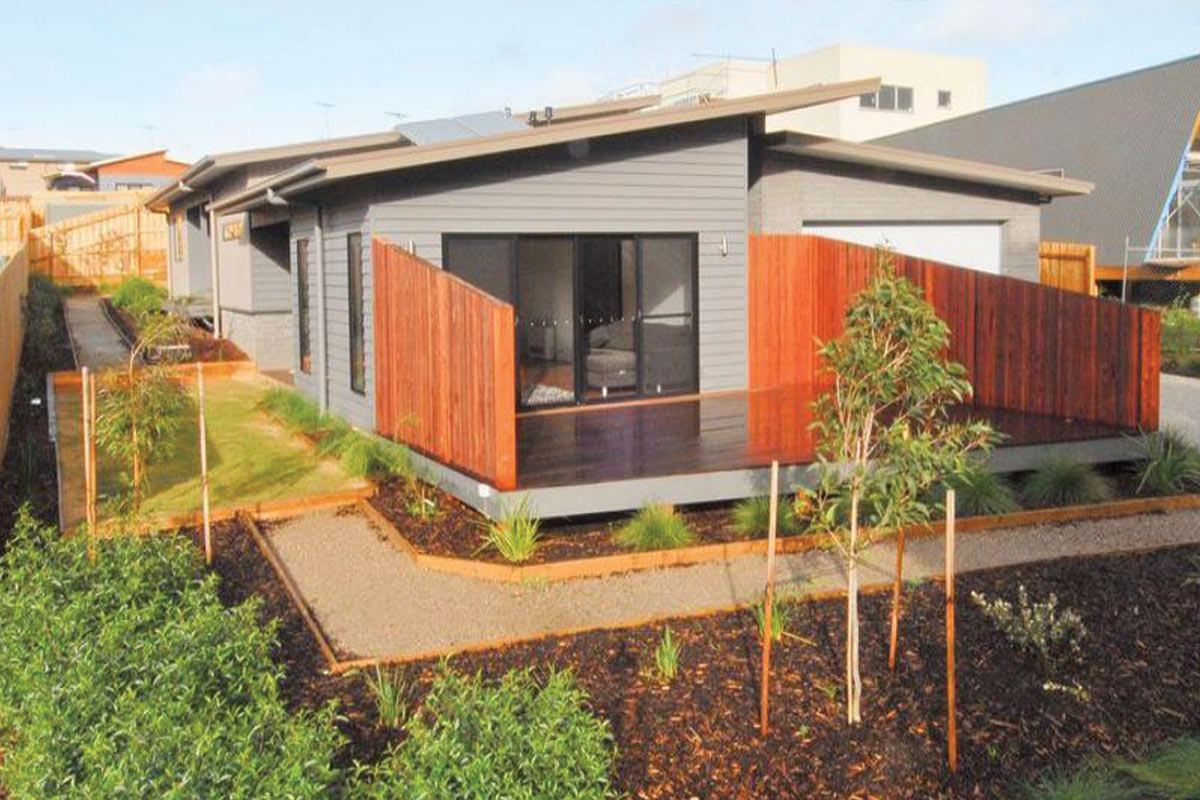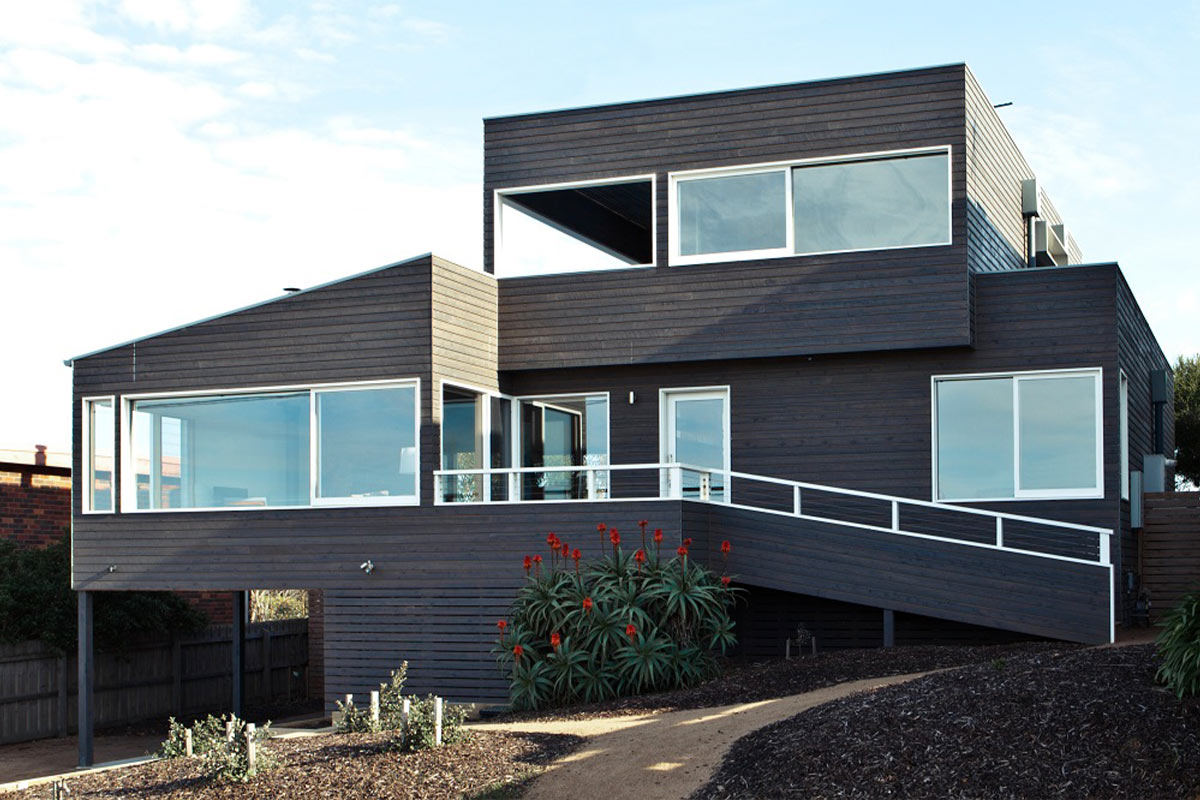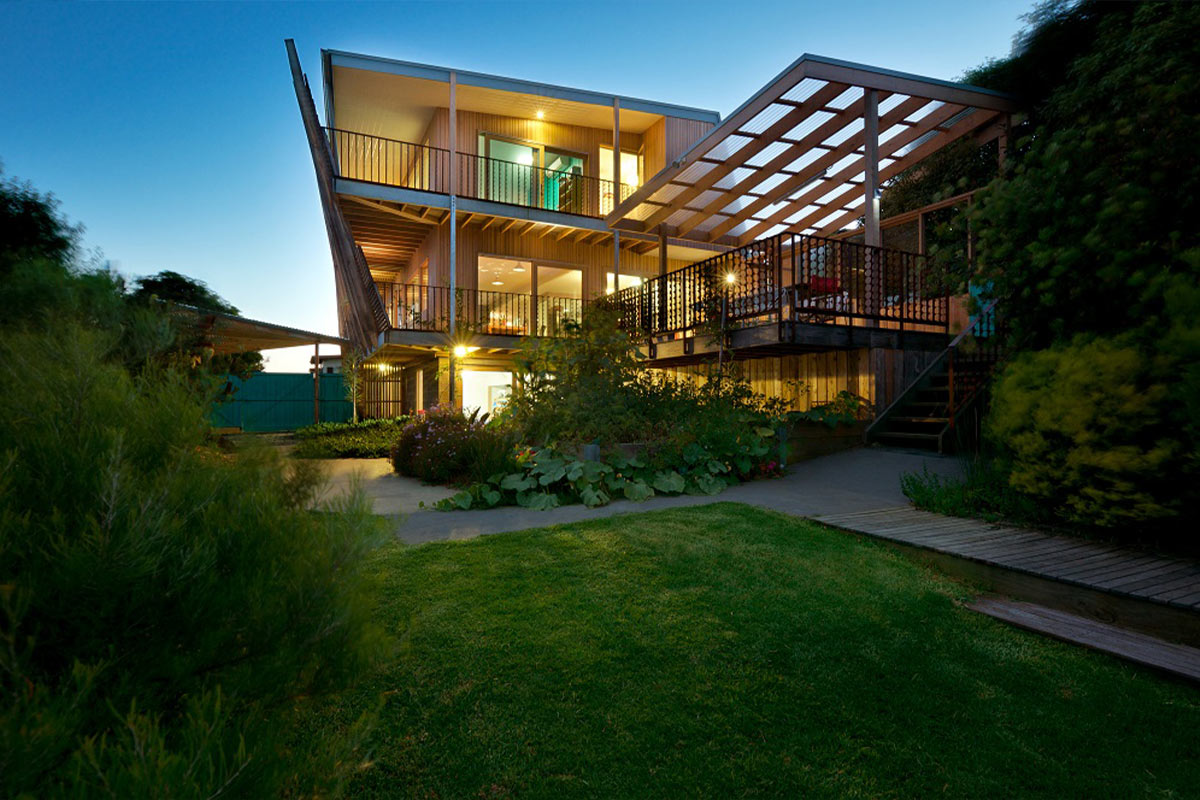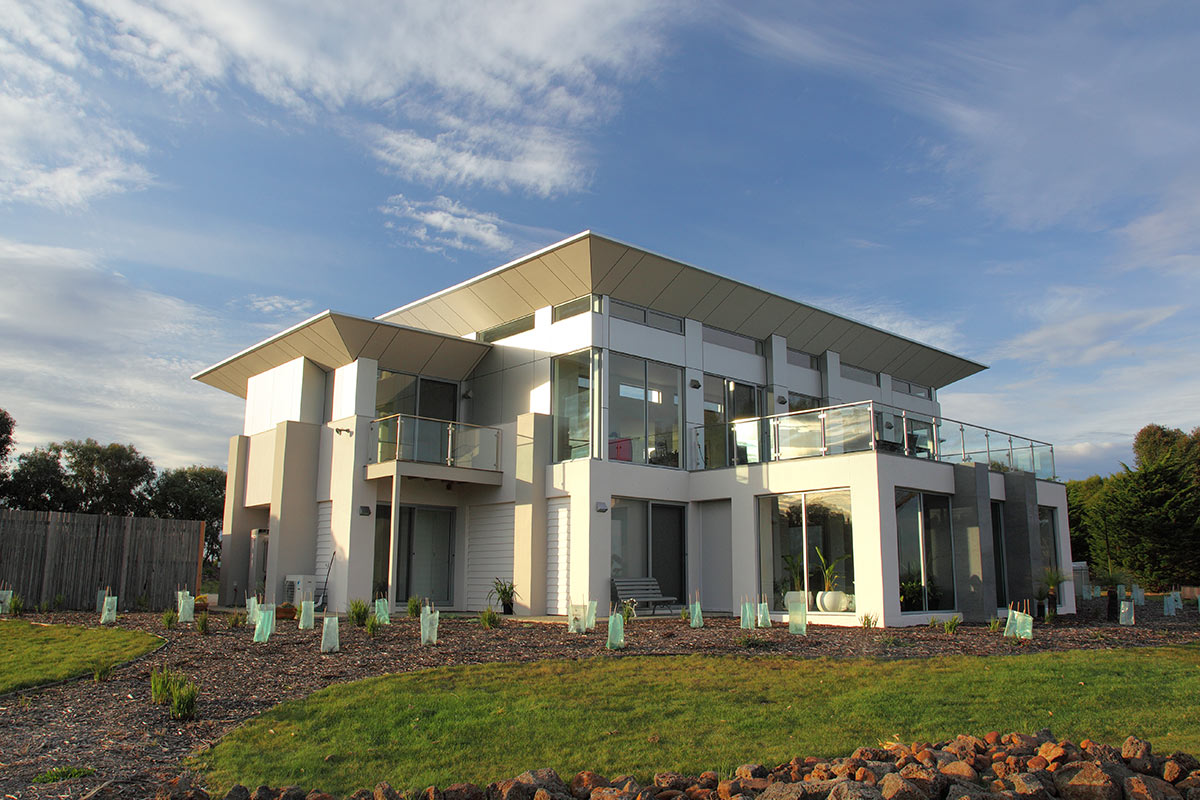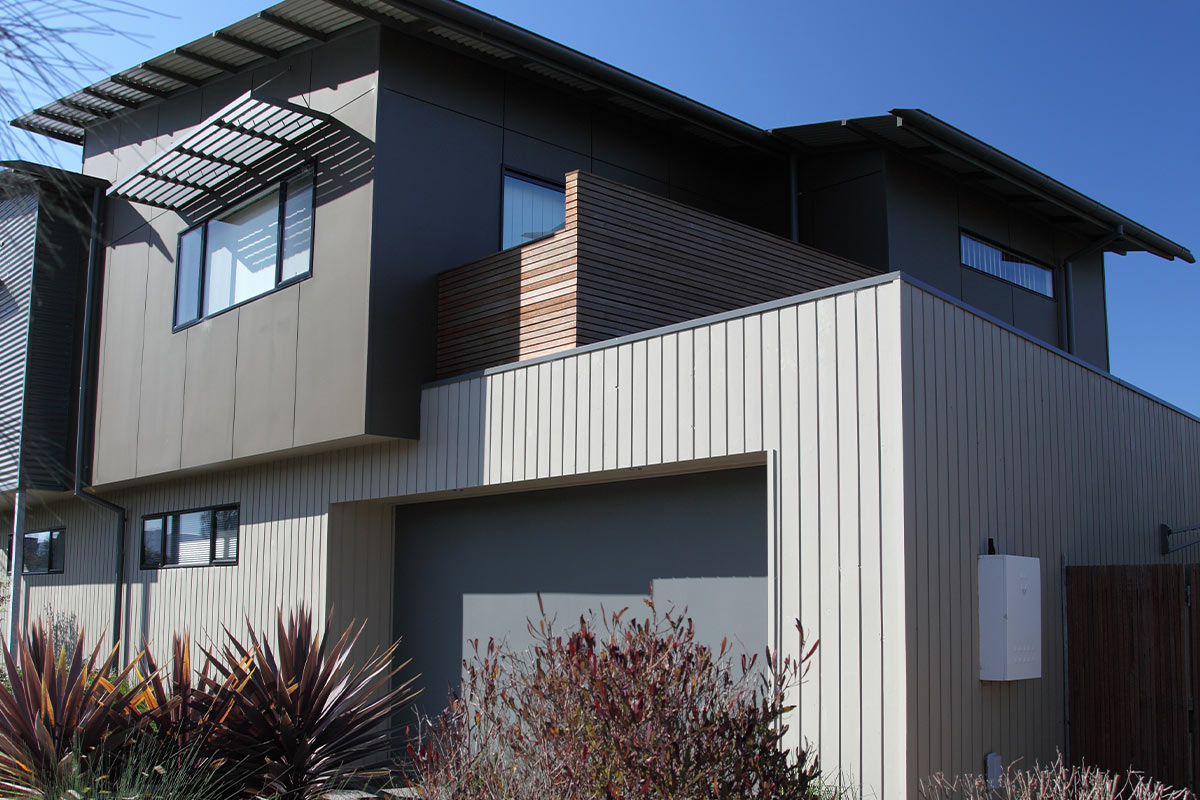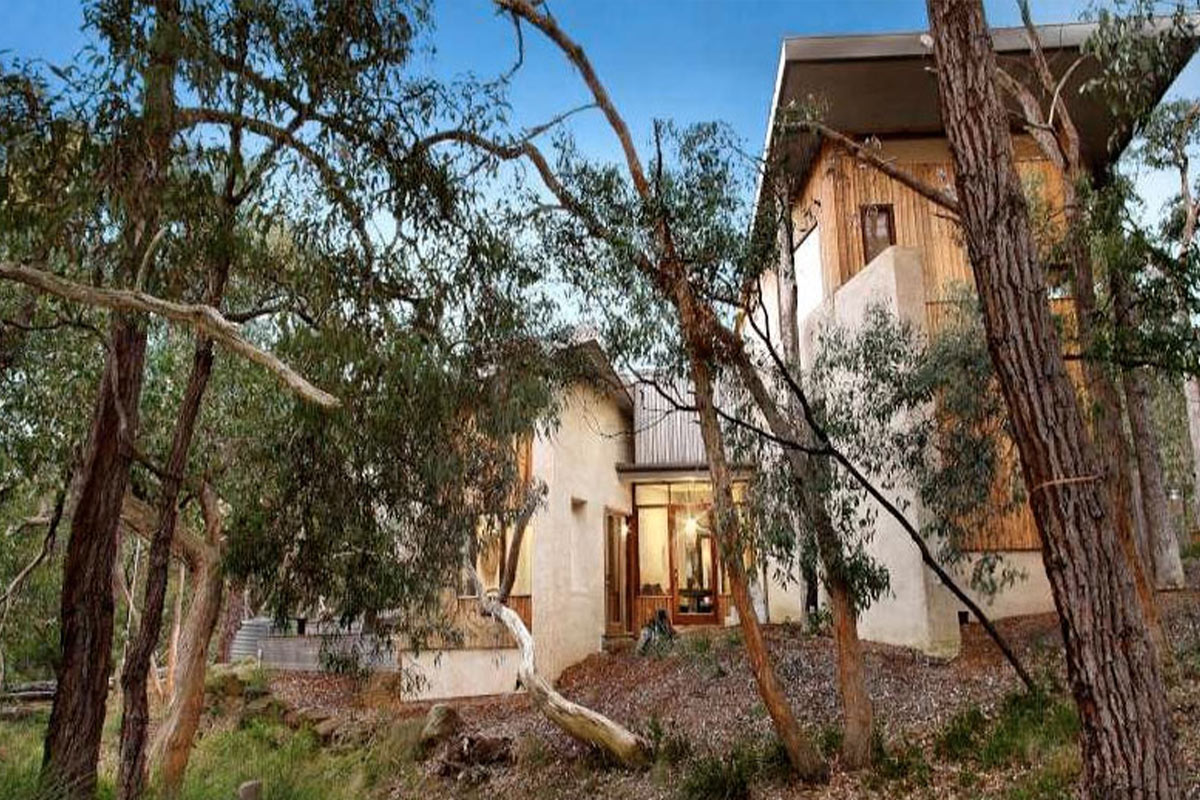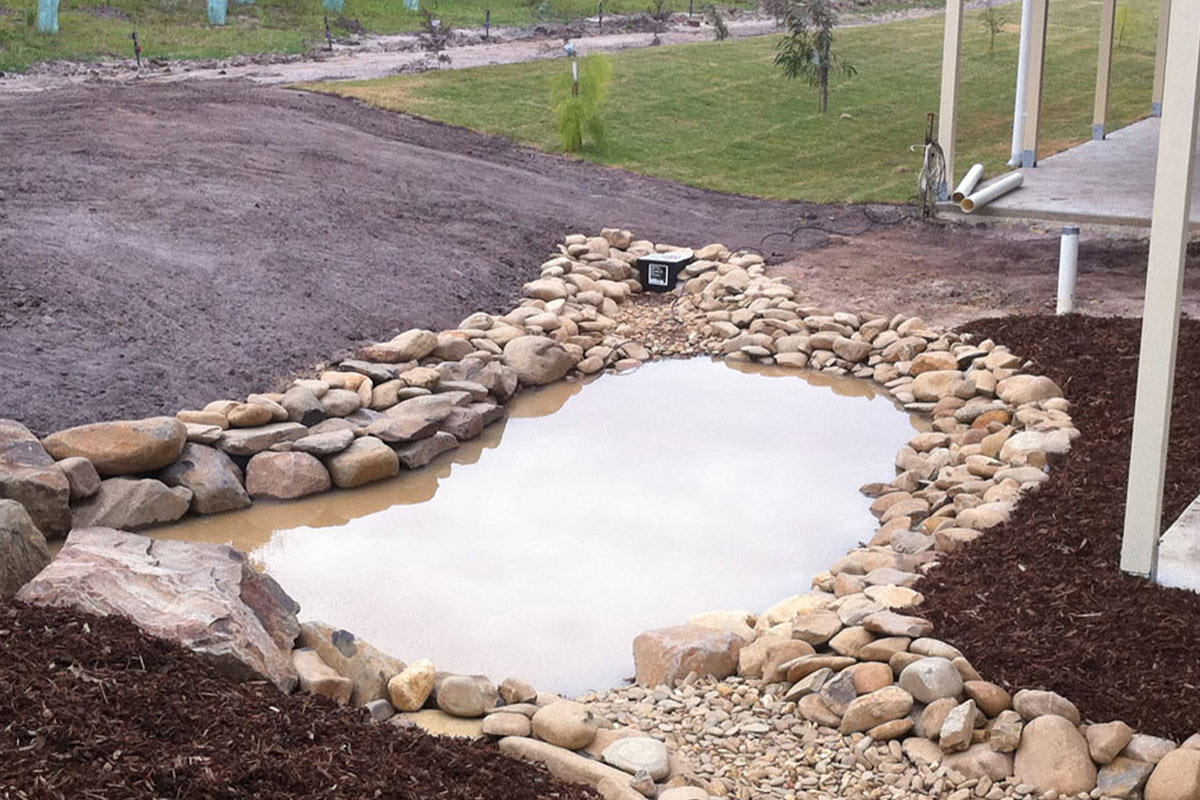KARINGAL DRIVE
A rebuild from the ashes
Karingal Drive was a project we first built back in 2005 and was burnt down in the fires that burnt through Wye River in 2015/2016.
The original owner still owned the property and approached us to have it rebuilt it in 2018.
We managed to save the concrete footings and reused them, so the front print of the building didn’t change much, just the interior. A small bedroom with en-suite was added on to the side. The beach now can be seen from the back deck, as previously the trees and foliage blocked this view. The cladding now had to meet Bal ratings, so the house is now cladded in interlocking tin cladding and the deck is a Bal 40 rated composite decking.
